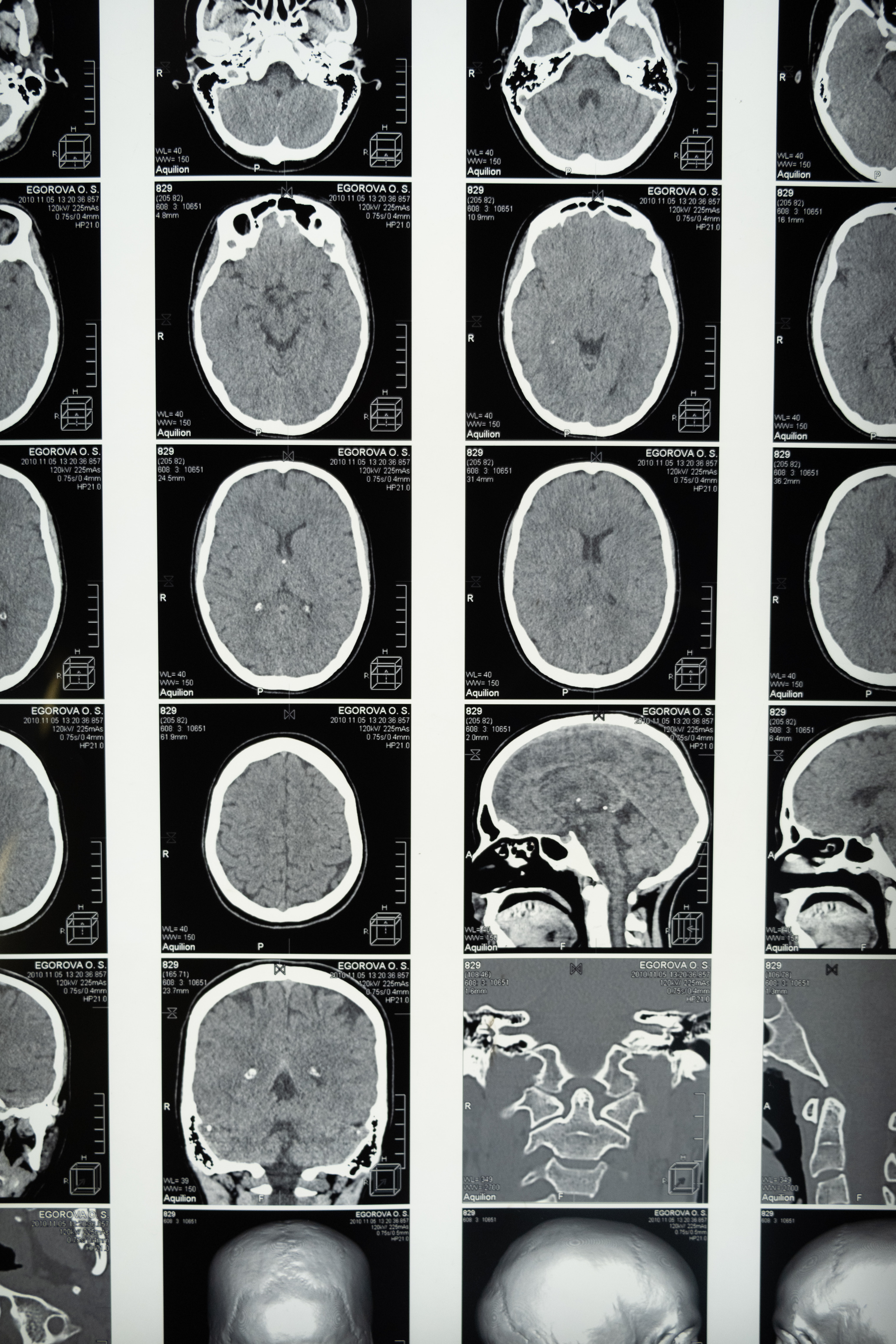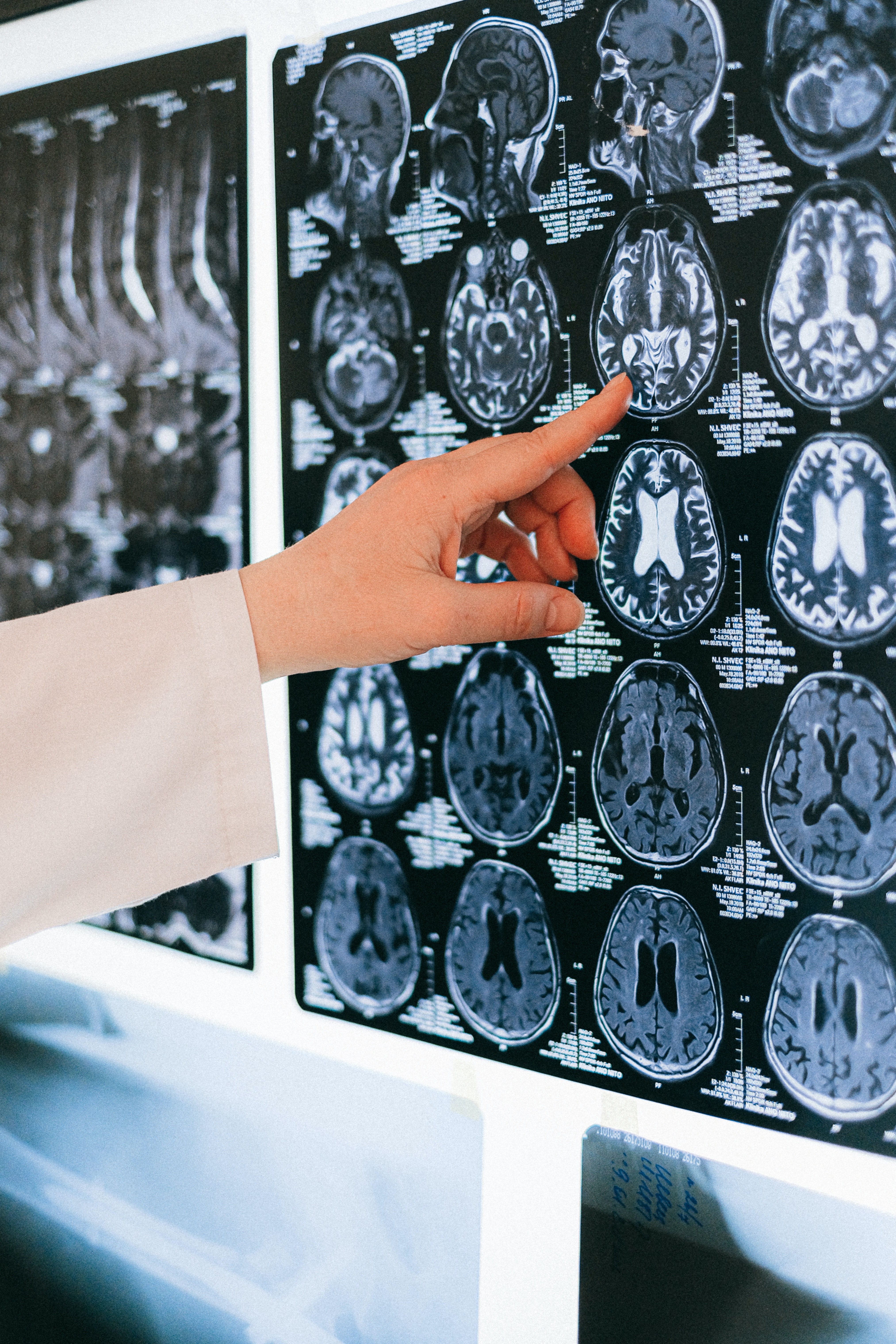创新背景
与许多其他疾病不同,自闭症缺乏客观的生物标记物——能够揭示疾病存在与否,有时还能揭示病情严重程度的指示器——这意味着对这种疾病没有简单的检测方法。相反,诊断是基于观察患者的行为,这自然是高度可变的,因此诊断是一个挑战。
创新过程
斯坦福大学的研究人员开发了一种算法,可以通过观察大脑扫描来判断一个人是否患有自闭症。受人工智能(AI)最近发展的推动,这种新型算法还成功预测了个别患者自闭症症状的严重程度。随着进一步的磨练,该算法可能导致更早的诊断,更有针对性的治疗,并扩大对自闭症的大脑起源的理解。
该算法对通过功能磁共振成像(fMRI)扫描收集的数据进行过滤。这些扫描捕捉整个大脑的神经活动模式。通过在大脑的许多区域绘制这种活动的地图,该算法生成了神经活动的“指纹”。尽管像真实的指纹一样,每个人的指纹都是独一无二的,但大脑指纹也有相似的特征,因此可以对它们进行分类和分类。

正如发表在《生物精神病学》上的一项新研究所述,该算法评估了大约1100名患者样本的脑部扫描。该算法以82%的准确率选出了一组人类临床医生诊断为自闭症的患者。我们需要为自闭症创造客观的生物标记,主要作者Supekar表示,而大脑指纹让我们离目标又近了一步。
长期以来,科学家们一直在通过功能磁共振成像(fMRI)扫描寻找生物标志物。然而,到目前为止,针对小群体的研究报告得出了相互矛盾的结果,这源于患者大脑的自然变化,以及功能磁共振成象机器和测试方法的差异。

像许多科学领域一样,自闭症研究也采用了大数据的方法,通过分析大量的、统计上强大的样本,得出了以前无法获得的见解。Supekar的新研究就是一个很好的例子,它汇集了来自世界各地医疗中心的脑部扫描数据,形成了一个庞大的、人口和地理分布多样的数据集。
下一步是有效地解析和处理数据的复杂性和可变性。Supekar和同事们认为图像识别算法是一个很好的起点,它是由科技公司开发的。这些算法在处理它们所评估的图像中显著程度的可变性方面已经变得越来越复杂。
创新价值
斯坦福大学的研究人员开发了一种算法,可以通过观察大脑扫描来判断一个人是否患有自闭症。受人工智能(AI)最近发展的推动,这种新型算法还成功预测了个别患者自闭症症状的严重程度。随着进一步的磨练,该算法可能导致更早的诊断,更有针对性的治疗,并扩大对自闭症的大脑起源的理解。
创新关键点
该算法对通过功能磁共振成像(fMRI)扫描收集的数据进行过滤。这些扫描捕捉整个大脑的神经活动模式。通过在大脑的许多区域绘制这种活动的地图,该算法生成了神经活动的“指纹”。
New AI-Driven Algorithm Can Detect Autism in Brain “Fingerprints”
Researchers at Stanford University have developed an algorithm that can tell if a person has autism by looking at brain scans. Driven by recent developments in artificial intelligence (AI), the new algorithm also successfully predicted the severity of autism symptoms in individual patients. With further honing, the algorithm could lead to earlier diagnosis, more targeted treatment, and expanded understanding of the brain origins of autism.
The algorithm filters data collected through functional magnetic resonance imaging (fMRI) scans. These scans capture patterns of neural activity throughout the brain. By mapping this activity across many areas of the brain, the algorithm generates a "fingerprint" of neural activity. Although, like real fingerprints, each person's fingerprint is unique, brain fingerprints also have similar features that allow them to be classified and classified.
As described in a new study published in Biological Psychiatry, the algorithm evaluated brain scans from a sample of about 1,100 patients. The algorithm picked out a group of patients with autism diagnosed by a human clinician with 82 percent accuracy.
We need to create objective biomarkers for autism, says lead author Supekar, and brain fingerprints bring us one step closer.
Scientists have long searched for biomarkers using functional magnetic resonance imaging (fMRI) scans. So far, however, studies on small groups have reported conflicting results, stemming from natural changes in patients' brains and differences in fMRI machines and testing methods.
Like many fields of science, autism research has taken a big data approach, analyzing large, statistically powerful samples to yield previously unavailable insights. Supekar's new study is a case in point, bringing together brain scan data from medical centers around the world into a large, demographically and geographically diverse dataset.
The next step is to effectively parse and handle the complexity and variability of the data. Supekar and colleagues think an image recognition algorithm, developed by tech companies, is a good place to start. These algorithms have become increasingly sophisticated in dealing with variability in the degree of salience in the images they evaluate.
智能推荐
创新利用超声波在大脑释放药物
2022-08-19斯坦福大学的研究人员使用聚焦超声从纳米颗粒中撬开麻醉剂分子。该药物的释放改变了超声束瞄准的大脑区域的活动。
涉及学科涉及领域研究方向肿瘤学创新 | 创新开发“治疗种子”可针对性地辐射肿瘤细胞
2022-11-11研究人员开发了一种新型、高度靶向和精确定位的放射疗法,它可以在保护脑癌患者健康组织的同时延缓肿瘤再生。
涉及学科涉及领域研究方向利用虚拟现实技术发现早期阿尔茨海默病的导航问题
2022-08-05伦敦大学学院和剑桥大学的一项新研究表明,虚拟现实(VR)可以比目前正在使用的“黄金标准”认知测试更准确地识别早期阿尔茨海默病。
涉及学科涉及领域研究方向通过眼科血液测定开发非侵入式颅内压监测方法
2022-08-15利用眼睛与颅内压之间的关系,在传统颅内压监测的基础上开发新技术,通过测量眼睛内的血管动态来检查创伤后的脑部高压状况。
涉及学科涉及领域研究方向